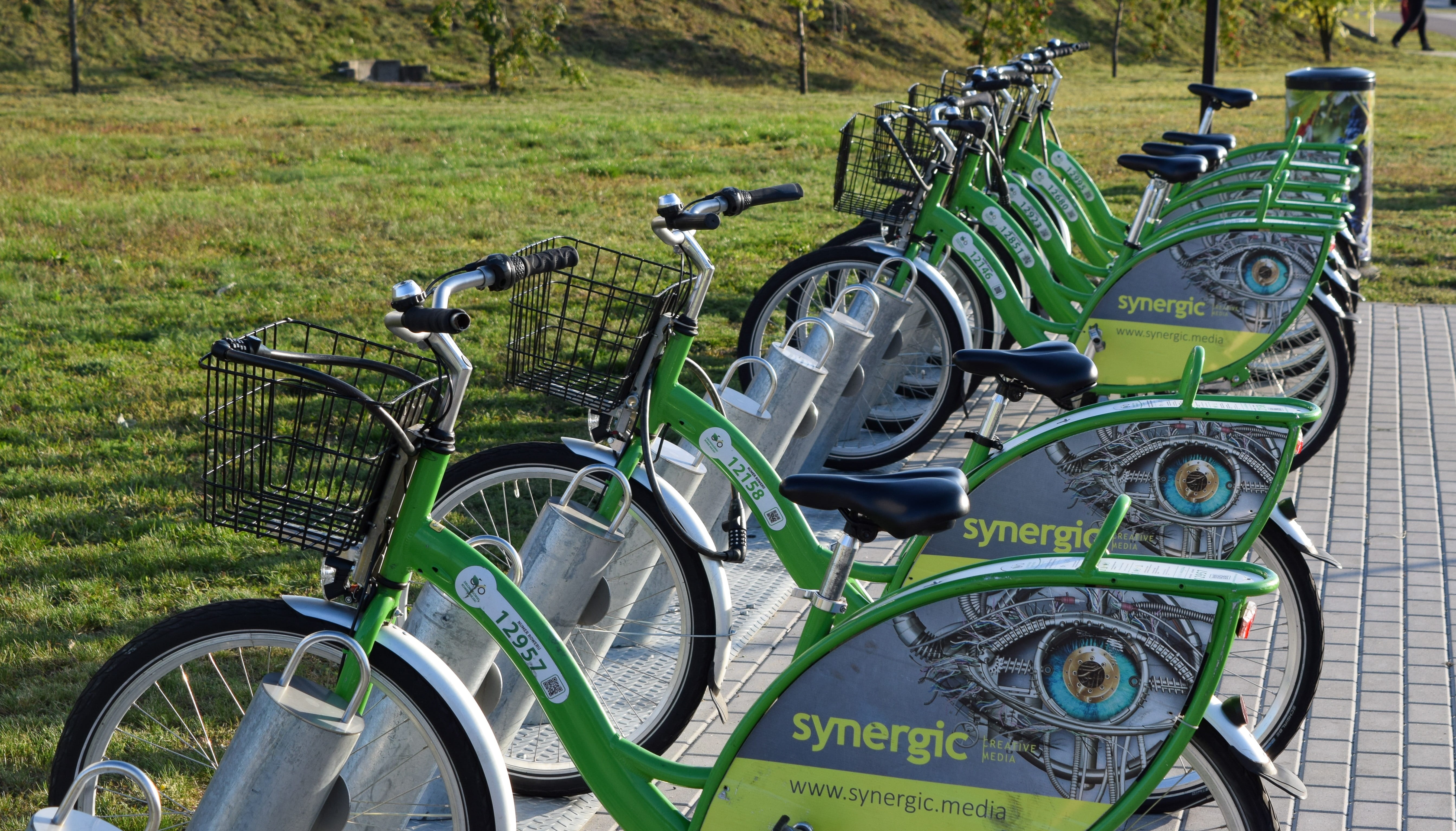Micromobility
The report Safe Micromobility, published in February 2020 by the International Transport Federation (ITF), defines micromobility as: “Personal transportation using devices and vehicles weighing up to 350 kg and whose power supply, if any, is gradually reduced and cut off at a given speed limit which is no higher than 45 km/h. Micromobility includes the use of exclusively human-powered vehicles, such as bicycles, skates, skateboards and kick-scooters.”
The term micromobility may also be applied to short-distance journeys (generally distances of five miles or less) that are fairly common - especially within urban areas. Micromobility forms of transport may be more frequently used for these purposes, providing users with the option of car free journeys or journeys they would not have otherwise been able to take.
In some instances, Mobility as a Service (MaaS) may be available for users who wish to hire shared micromobility vehicles such as conventional or battery powered bicycles, skateboards, scooters and so on.
During the COVID-19 pandemic of 2020/21, micromobility provided a viable alternative to traditional public transport in some areas. Travellers who were reluctant to use buses or trains (or who found it difficult to schedule their journeys due to reduced capacity and longer waiting times) may have used micromobility options.
During this period, the move to micromobility was further supported by the creation of pop-up cycle lanes. These lanes reclaimed space from automobiles on roads and established safer routes.
[edit] Related articles on Designing Buildings
- Are electric bikes the future?
- Cycle path
- Cycle route.
- Cycling and walking plan.
- Dedicated and safe cycle lanes.
- Gearing up for active travel.
- Pop-up cycle lanes.
- Sustaining walking and cycling measures after COVID-19.
- Three key ingredients for designing inclusive walking and cycling infrastructure.
[edit] External resources
- International Transport Forum, Safe Micromobility.
Featured articles and news
Professional practical experience for Architects in training
The long process to transform the nature of education and professional practical experience in the Architecture profession following recent reports.
A people-first approach to retrofit
Moving away from the destructive paradigm of fabric-first.
International Electrician Day, 10 June 2025
Celebrating the role of electrical engineers from André-Marie Amperè, today and for the future.
New guide for clients launched at Houses of Parliament
'There has never been a more important time for clients to step up and ...ask the right questions'
The impact of recycled slate tiles
Innovation across the decades.
EPC changes for existing buildings
Changes and their context as the new RdSAP methodology comes into use from 15 June.
Skills England publishes Sector skills needs assessments
Priority areas relating to the built environment highlighted and described in brief.
BSRIA HVAC Market Watch - May 2025 Edition
Heat Pump Market Outlook: Policy, Performance & Refrigerant Trends for 2025–2028.
Committing to EDI in construction with CIOB
Built Environment professional bodies deepen commitment to EDI with two new signatories: CIAT and CICES.
Government Grenfell progress report at a glance
Line by line recomendation overview, with links to more details.
An engaging and lively review of his professional life.
Sustainable heating for listed buildings
A problem that needs to be approached intelligently.
50th Golden anniversary ECA Edmundson apprentice award
Deadline for entries has been extended to Friday 27 June, so don't miss out!
CIAT at the London Festival of Architecture
Designing for Everyone: Breaking Barriers in Inclusive Architecture.
Mixed reactions to apprenticeship and skills reform 2025
A 'welcome shift' for some and a 'backwards step' for others.






















